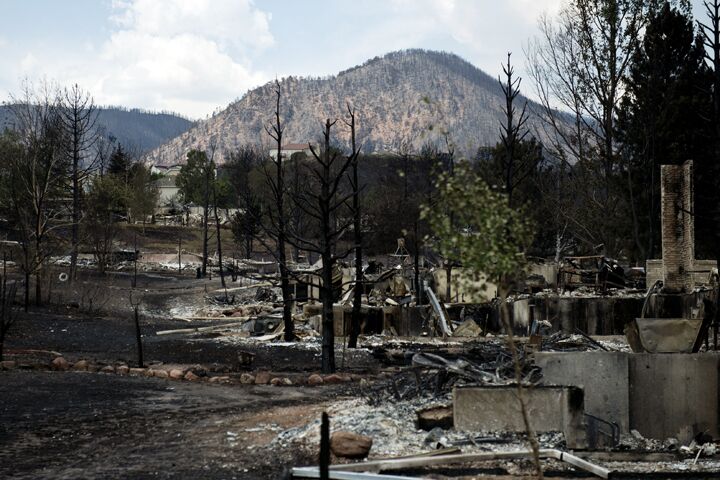
U.S. Drought Grows Nationally
As Tropical Storm Debby dumped inches of rain onto Florida, drought conditions have intensified over most other areas of the country. The storm delivered rainfall totals of 5 inches or more to much of central and northern Florida. Some areas in northern Florida received over 20 inches of rain.
This rainfall has led to severe flooding. The moderate to extreme drought and dryness categories previously identified for these areas of Florida have all been removed. Just 0.04 percent of the state is now considered in drought condition. That is down sharply from 53 percent of the state identified as drought stricken just before the storm.
In contrast to Florida, Weather.com reports that continued dry weather across the rest of the contiguous Untied States has led to the most widespread area of abnormal dryness in the 12-year history of the U.S. Drought Monitor Report.
With the increase of record-breaking triple-digit heat, many areas of the U.S. have seen drought either expand or intensify, and in many cases both. In Colorado, the percentage of the state in extreme drought has jumped from 27 percent to nearly 46 percent, the highest level since Sept. 2, 2003. The devastating fires plaguing the state, especially the Colorado Springs area, are a result of the high temperatures and drought conditions.
The Washington Post reported on June 27 that the drought now threatens U.S. food prices. A large swath of the Midwest from Indiana to Kansas and as far south as Arkansas is experiencing dry conditions that have come on fast. Drought conditions degrading from the severe to worse categories are taking hold rapidly. In mid-June, 63 percent of the corn crop in this area was rated as good or better. During the last week of June, that figure fell to 56 percent. Drought conditions are pushing the price of corn up. Bushel corn prices rose 27 percent in June.
The rise in corn prices will have a domino effect across a wide range of food products. Topping the list will be the price of beef.
“Based on the drought outlook, the potential for further degradation is very high, and the potential to reach exceptional levels of drought—where there are major crop failures—is very high,” said Matthew Rosencrans, a Weather Service meteorologist.
Previously on theTrumpet.com we reported:
We should consider the worsening weather trend a warning from God. Biblical prophecy shows that we can expect this increasingly chaotic weather to get far, far worse very soon (see Revelation 6:5-8; 8:4-12). The powerful natural forces are going to be unleashed upon a disobedient world to bring it to its knees in repentance.
In Leviticus 26, God promises “rain in due season” and that “the land shall yield her increase” (verse 4)—“if ye walk in my statutes, and keep my commandments, and do them” (verse 3). Were the nations to do so, we would find ourselves blessed with beautiful weather and stable climates. We would not have to fear crop failures and famine, or being killed in a severe weather event. We can—and prophecy shows, we will—experience prosperous living with pleasant weather—when we acknowledge and obey God, His laws and His benevolent rule.
Be sure to read the full article, “Twisters, Floods, Droughts—What’s Wrong With the Weather?” Also, read our compelling booklet Why ‘Natural’ Disasters?
